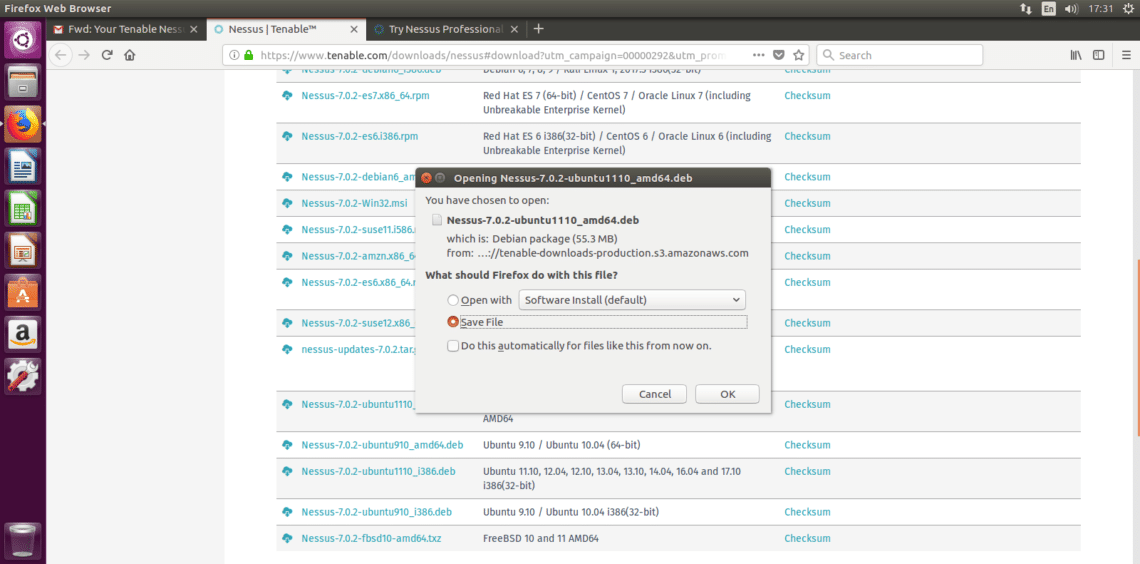

- HOW TO USE NESSUS IN TERMINAL HOW TO
- HOW TO USE NESSUS IN TERMINAL INSTALL
- HOW TO USE NESSUS IN TERMINAL LICENSE
- HOW TO USE NESSUS IN TERMINAL PROFESSIONAL
- HOW TO USE NESSUS IN TERMINAL DOWNLOAD
HOW TO USE NESSUS IN TERMINAL LICENSE
After the license is activated, it is time to get down to running your Nessus scanner. The exact steps for each of the products can be found here. Understanding the user interfaceĪfter installation and during your first run, you will be required to activate your product based on the license type you intend to install.
HOW TO USE NESSUS IN TERMINAL INSTALL
You might be prompted to install WinPcap if so, proceed with that installation as well. Once downloaded, double-click on the installer and finish the installation by going through the wizard.

HOW TO USE NESSUS IN TERMINAL DOWNLOAD
Remember to download according to your architecture and operating system. You can obtain the Windows installer here. If you are using any other version of Linux, use the commands below:įor RedHat version 6: # rpm -ivh Nessus-es6.x86_64.rpmįor FreeBSD version 10: # pkg add Nessus-fbsd10-amd64.txzĪfter installation on your Linux system, be sure to start up the Nessus daemon as shown below:įor Red Hat, CentOS, Oracle Linux, Fedora, SUSE and FreeBSD, use the command below: # service nessusd startįor Debian/Kali and Ubuntu, use the command below: # /etc/init.d/nessusd start 2. Once the package file has been downloaded, you may install it from within the Linux terminal using the command below: $ sudo dpkg -i Nessus-8.0.0-debian6_b

We are also running a 64-bit version of Kali Linux you’ll need to find out the architecture you are running.Īs of the writing of this article, the latest version of Nessus is 8.0.0. For instance, this article covers the Debian file system that Kali Linux is based on, so we will be downloading the *.deb installer file. You need to make sure you know the distribution of Linux you are running in order to choose which installer to download. The downloadable installer can be found here for Linux-based systems.
HOW TO USE NESSUS IN TERMINAL HOW TO
We will first discuss the user interface and take a look at how to install Nessus on Linux and Windows Operating Systems. Fundamentals of the Nessus vulnerability scannerįor us to appreciate the capabilities Nessus offers, we need to understand some fundamentals. These products discussed above offer multiple services that range from Web application scanning to mobile device scanning, cloud environment scanning, malware detection, control systems auditing (including SCADA and embedded devices) and configuration auditing and compliance checks. It provided the ability to monitor company assets as well as devices in hard-to-reach environments. This solution was used within organizations to collaborate and share information between different departments within the organization. However, Nessus Manager is no longer sold as of February 1st, 2018.
HOW TO USE NESSUS IN TERMINAL PROFESSIONAL


 0 kommentar(er)
0 kommentar(er)
